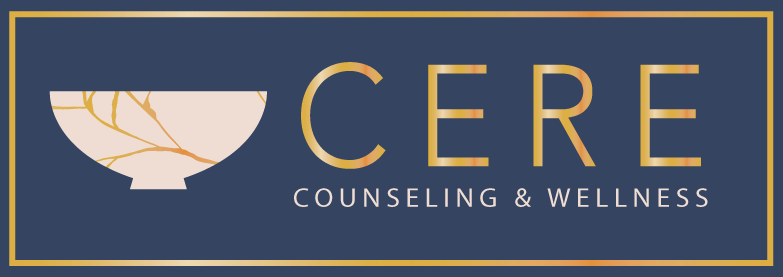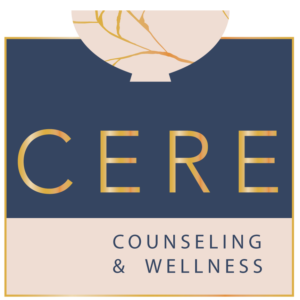Understanding trauma is a huge aspect of being able to understand oneself better and how experiencing trauma affects you as a whole person. As a counseling intern, I am passionate about understanding trauma on a deeper level, helping others understand it, and helping my clients heal from the consequences of trauma. I believe that education is key when it comes to treating something as complex as trauma. I recently had the privilege of hosting a psychoeducational group on trauma, where I taught those in attendance about the foundational and basic principles of trauma, as well as how trauma permanently changes us as individuals.
The foundational principle to understanding trauma is understanding what it is in its most basic state. Trauma is defined as a deeply distressing or disturbing experience or emotional shock following a stressful event or a physical injury. There are 3 primary different types of trauma: acute, chronic, and complex trauma. The issue with trauma is that it doesn’t always look the same; therefore, sometimes traumatic experiences may not seem traumatic at all, but the way our bodies respond is an indication of a traumatic experience. Acute trauma is defined as any one isolated event such as a child losing a parent. Then you have chronic trauma, which means there is repeated exposure to a traumatic event; the best example of this would be a child living in a home where domestic violence is repeatedly happening. Lastly, complex trauma is when multiple traumatic events occur that may or may not be related. An example of this could be childhood abuse and neglect. From a therapeutic standpoint, this is a more difficult and complex form of trauma to treat.
Trauma can be broken down into two primary categories: little traumas and big traumas. Little traumas are smaller, more personal events. This could be as simple as a child losing a personal stuffy that she carried around everywhere. This seems insignificant but to the child this is devastating, which could lead to attachment issues for the child. Examples include a breakup, the death of a pet, bullying, academic struggles, emotional abuse, chronic illness, etc. Then we have big traumas, and these are going to include large life events like the death of a parent or sexual abuse. These are typically life-threatening events such as the death of a parent, a natural disaster where the family loses everything, or 9/11 for everyone impacted. What’s important to remember is trauma, whether little or big, should be processed and taken care of to limit the consequences of the trauma on the mind, body and emotional state of a client.
These are mere basics when it comes to understanding the world of trauma and understanding that trauma impacts our entire being, including our mental, emotional, and physical body. One of my favorite books and a book I recommend if you are wanting to learn more about trauma is called The Body Keeps the Score by Bessel van der Kolk. In this book, van der Kolk emphasizes the mind-body connection, highlighting that trauma is not just a psychological experience but one that is deeply rooted in the body. This is the view I, as a counseling intern, operate from when tackling trauma with my clients. We must treat trauma holistically, reaching below the surface to treat the roots but also tending to the body and the mind. My first priority, is that clients feel safe and secure in the therapy space. Once this is established, and the client gives the “go” we will begin to process trauma in session. As mentioned before, I approach trauma from a holistic standpoint, as a counseling intern, I believe the best approach to treating trauma begins at the roots and progresses from there. I believe treating trauma in the mental, emotional and physical sense is most valuable to my clients as they begin to process and heal.
“The body keeps the score and it always wins.” – Bessel van der Kolk in The Body Keeps the Score.


